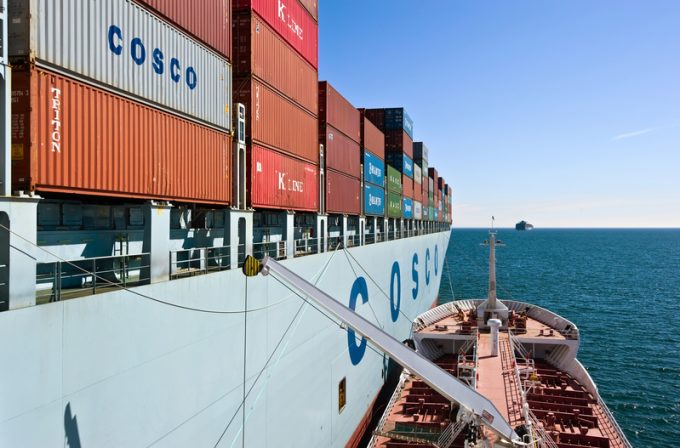DP World's UK carbon inset programme will help shippers deal with Scope 3
DP World has introduced a new carbon “insetting” programme to help UK shippers tackle their ...

Escalating fuel prices are posing a renewed risk to carrier profitability, adding to the twin threats of new container capacity coming on stream as softer demand hits after Chinese New Year.
Brent crude is forecast to top $70 a barrel this week – its highest level ...

Comment on this article